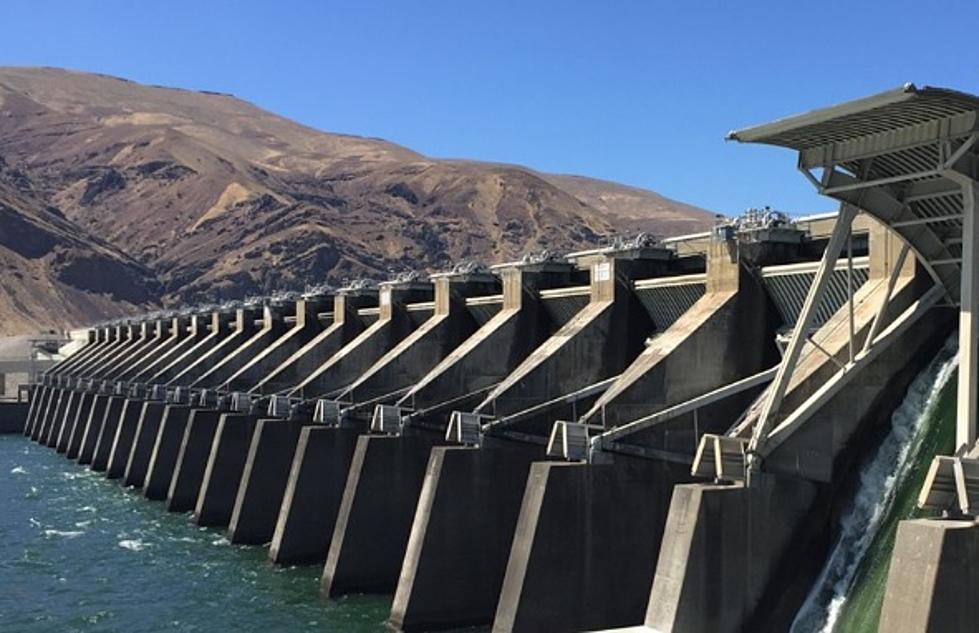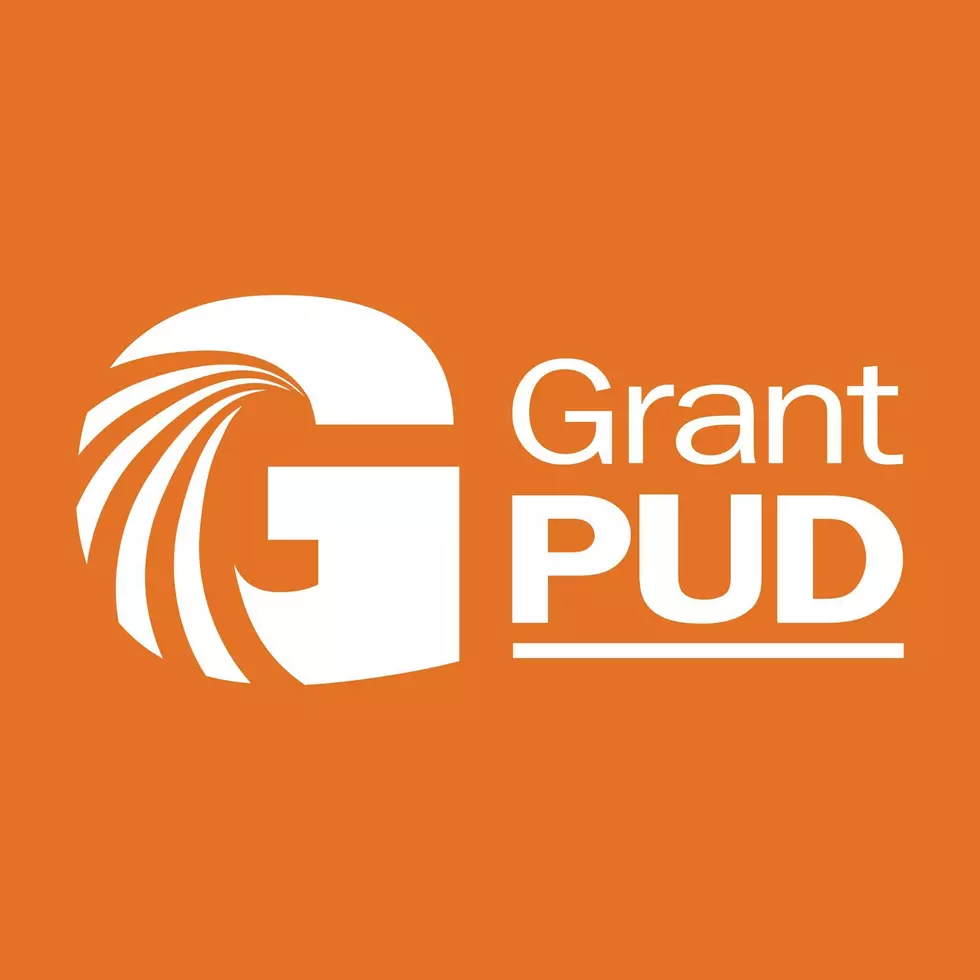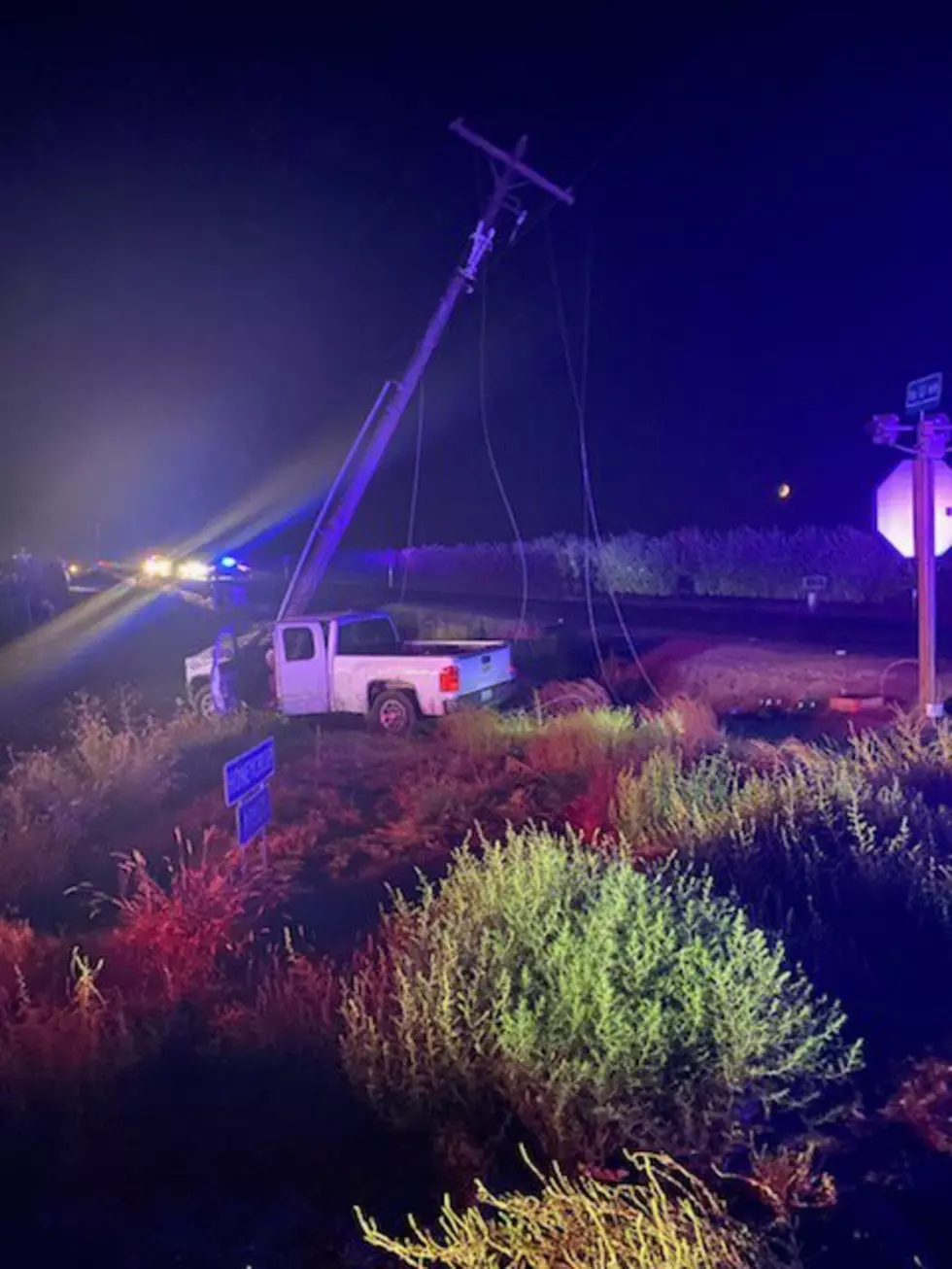
Grant PUD to Implement Evolving Industry Rate in April
From a press release: Starting April 1, cryptocurrency miners and other “evolving-industry” firms will pay the first of a three-year, graduated increase to a new, above-cost electric rate designed to protect Grant PUD from risk and preserve below-cost rates for core customers.
Commissioners Tuesday (Aug. 28) unanimously approved the new Rate 17 for evolving industries, following nearly a year of analysis, staff outreach to the county’s cryptocurrency firms and public comment on the new rate at every commission meeting since the rate’s initial proposal in early May.
“Your industry is unregulated and high-risk,” said Commissioner Tom Flint to a handful of cryptocurrency miners who attended the meeting. “This is the best way to ensure our ratepayers are not impacted by this unregulated, high-risk business.”
Flint’s fellow commissioners agreed and differentiated cryptocurrency mining from the data centers in Quincy and elsewhere, which own land and buildings, pay taxes, have solid credit records, store customer information and provide internet-based services.
“I don’t view miners as villans,” Commissioner Larry Schaapman said. “You have likened yourselves to the data centers, but you can only do one thing — mine bitcoin.”
Rate 17 customers will receive a 15-percent increase next year, a 35-percent increase in 2020 and a 50-percent increase in 2021, when the new rate will be fully in effect. Any new evolving-industry customers would come in at the rate-phase in effect at the time they begin operations. Each annual increase will be calculated on the difference between what the evolving-industry customer is paying now (per kilowatt hour) and the higher, target rate.
The new rate compensates Grant PUD for extra risk and obliges evolving-industry customers to pay more than the cost to supply their power — just as Grant PUD’s other big power-users do — to subsidize sustainable below-cost rates for residential, irrigation and small and medium-sized business customers.
Two examples: How the new rate applies:
- For evolving-industry customers who would otherwise be considered residential (former Rate 1), with monthly energy use that averages 5,000 kWh, Rate 17-A would increase the energy charge from an all-in rate of 4.9 cents per kWh to 13.7 cents per kWh. This example anticipates that average monthly energy use within this customer class would increase to 20,000 kWh over the three-year phase in.
- For larger evolving-industry customers (former Rate 7), whose billing demand is 2 MW and a load factor of 92.5 percent, Rate 17-B would increase the customer’s all-in rate from 2.6 cents per kWh to 7.9 cents per kWh. This example anticipates that average billing demand within this customer class would increase to 5 MW at the same load factor over the three-year phase-in.
In both examples, the impact of Rate 17 will vary by customer, depending on energy use above or below the average load of their customer class as a whole. Increased energy use could also require out-of-pocket costs to pay for higher-capacity transformers or other equipment.
By recently-adopted board policy, evolving-industry applicants for new power hookups are placed in their own waiting queue. Power applicants from ag, manufacturing or other traditional-type industries are in a separate queue that must be fully addressed before Grant PUD will consider hooking up new evolving-industry customers. Evolving-industry customers must pay up-front the cost for lines, poles, transformers, studies and other equipment needed to expand or connect.
Grant PUD staff recommended a gradual phase-in for the new rate to limit rate shock for existing evolving-industry firms, while giving Grant PUD staff time to see how prospective evolving-industry customers respond to the new rate.
At this time, all Grant PUD customers in the evolving-industry profile are miners of cryptocurrency, including bitcoin, each with very high energy demand. Grant PUD will evaluate the rate class annually and adjust it, based on the anticipated change in total megawatts needed by existing and incoming evolving-industry customers.
Evolving-industry firms present three main types of risk for Grant PUD:
- Regulatory Risk. They are vulnerable to potential changes in regulation that could render the industry unviable within the foreseeable future.
- Business Risk. They are an unproven industry with higher potential for cessation due, in part, to large swings in the value of their primary output.
- Concentration Risk. They pose the potential for significant concentration of electrical load and revenue risk to Grant PUD if one or all stop operating in a short period of time.
Since summer 2017, Grant PUD has received new service inquires for more than 2,000 megawatts of power — more than three times the electricity needed to power all Grant County homes, farms, businesses and industry. Approximately 75 percent of those requests are from cryptocurrency miners.
More From NewsRadio 560 KPQ









